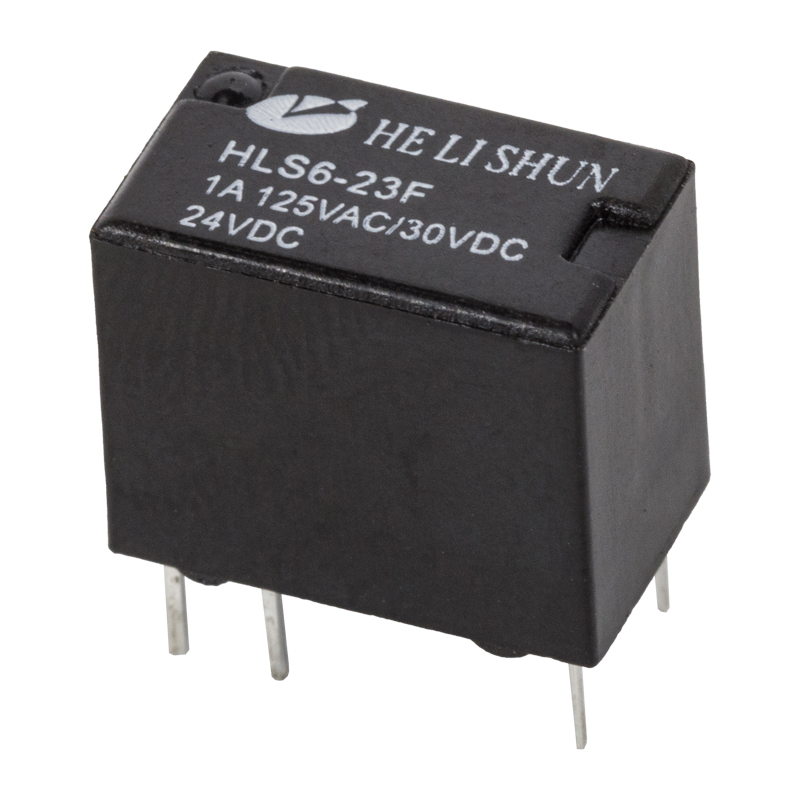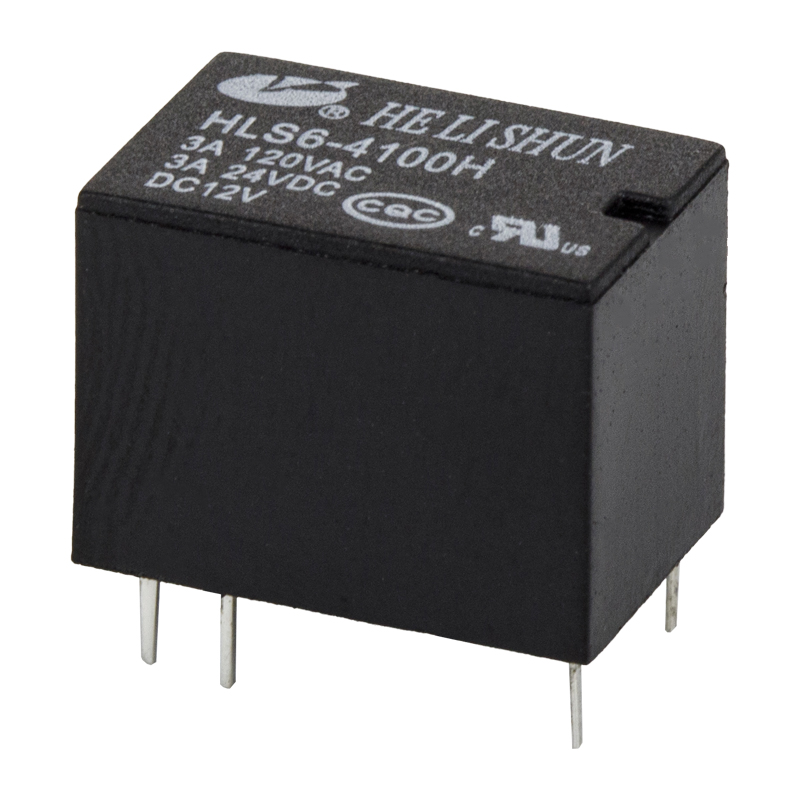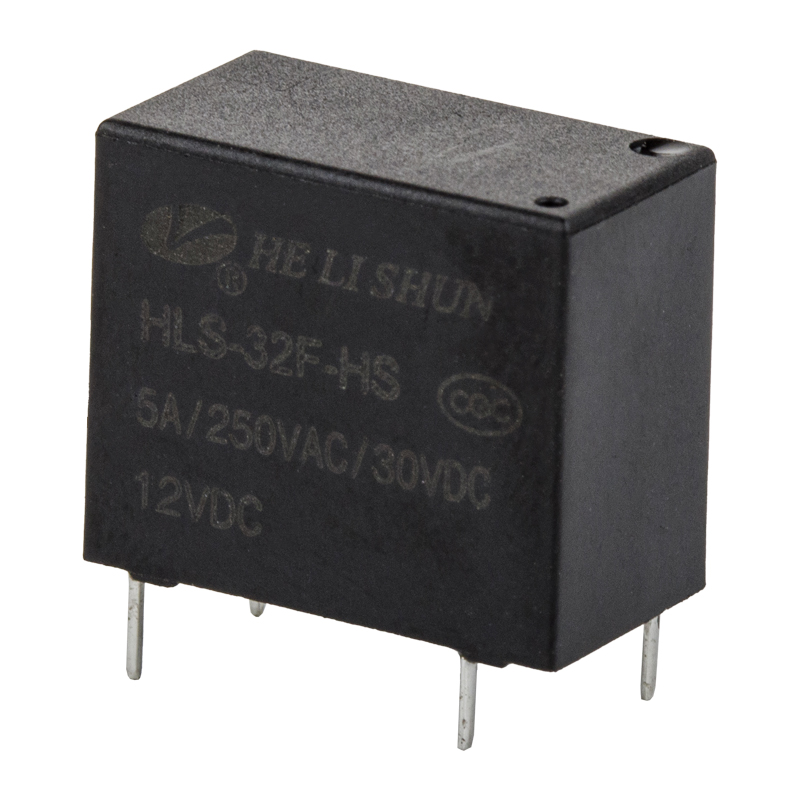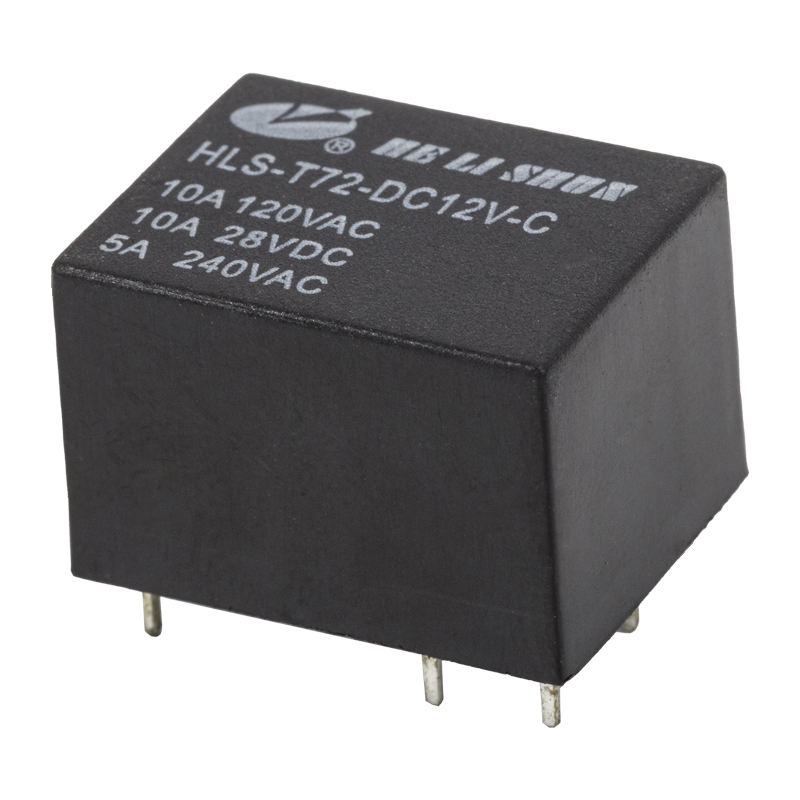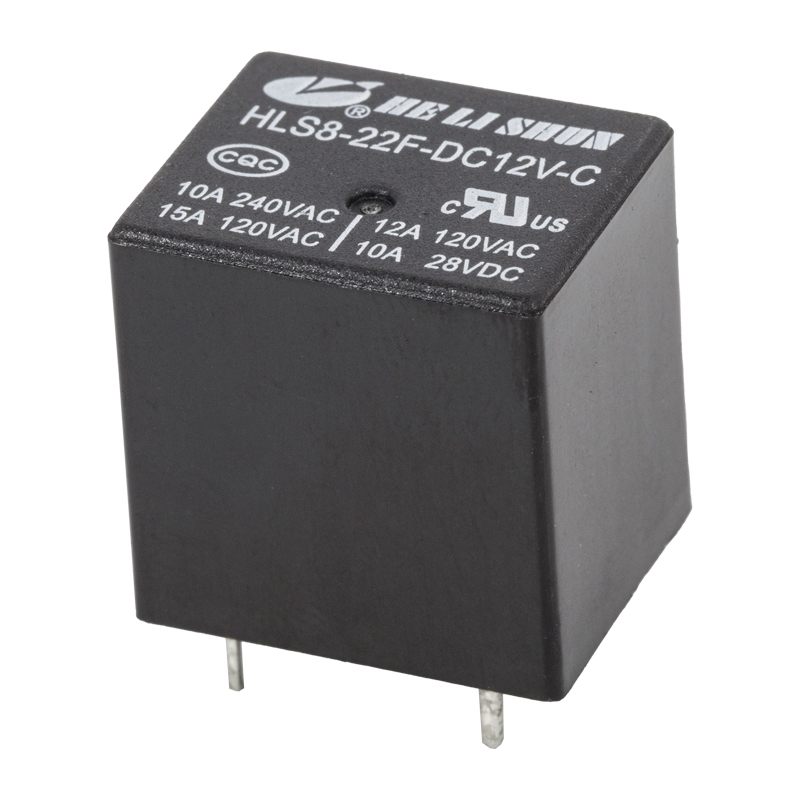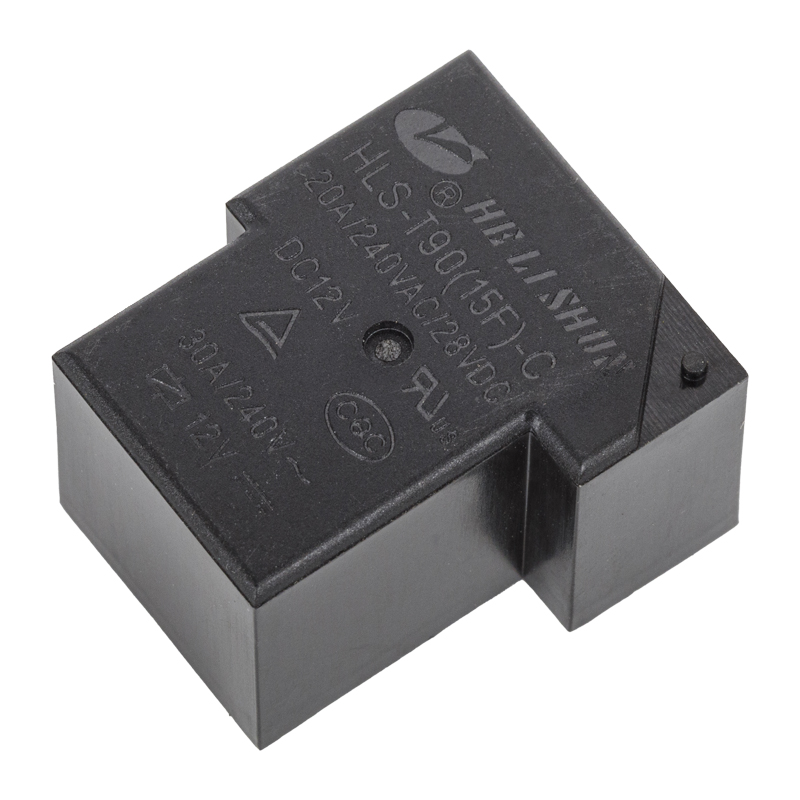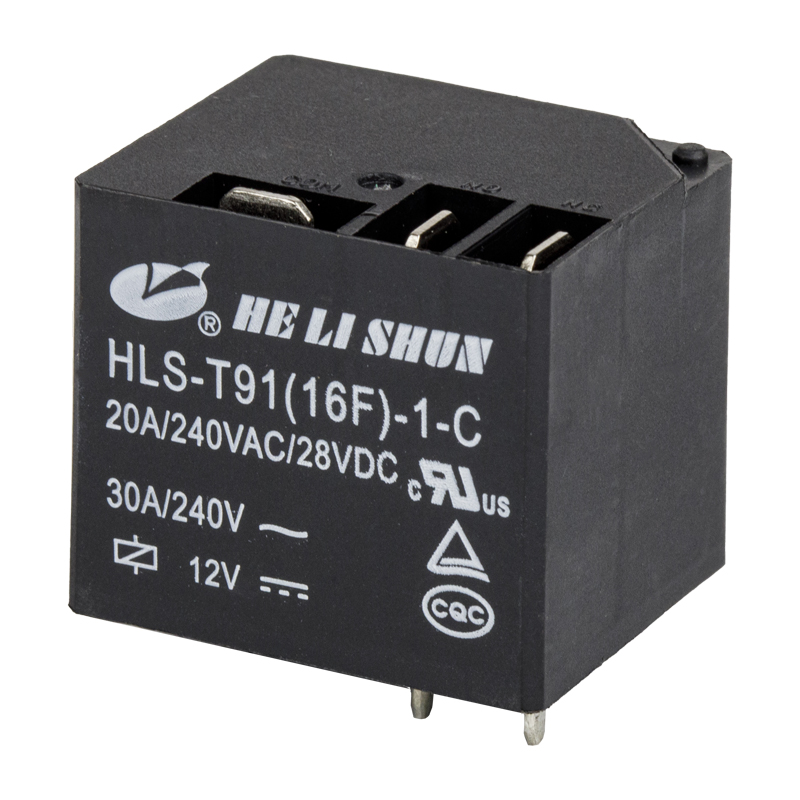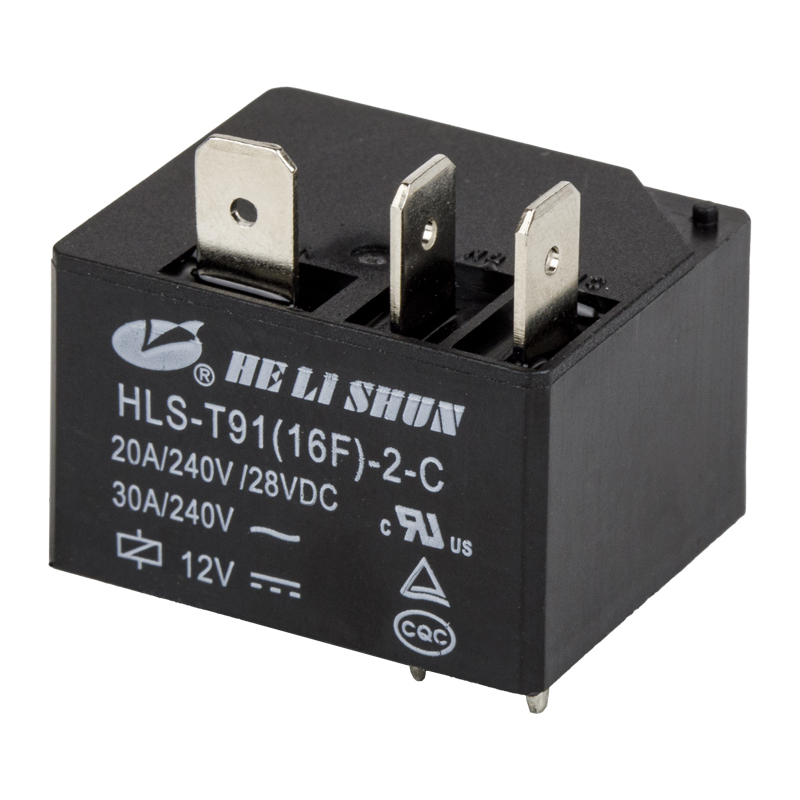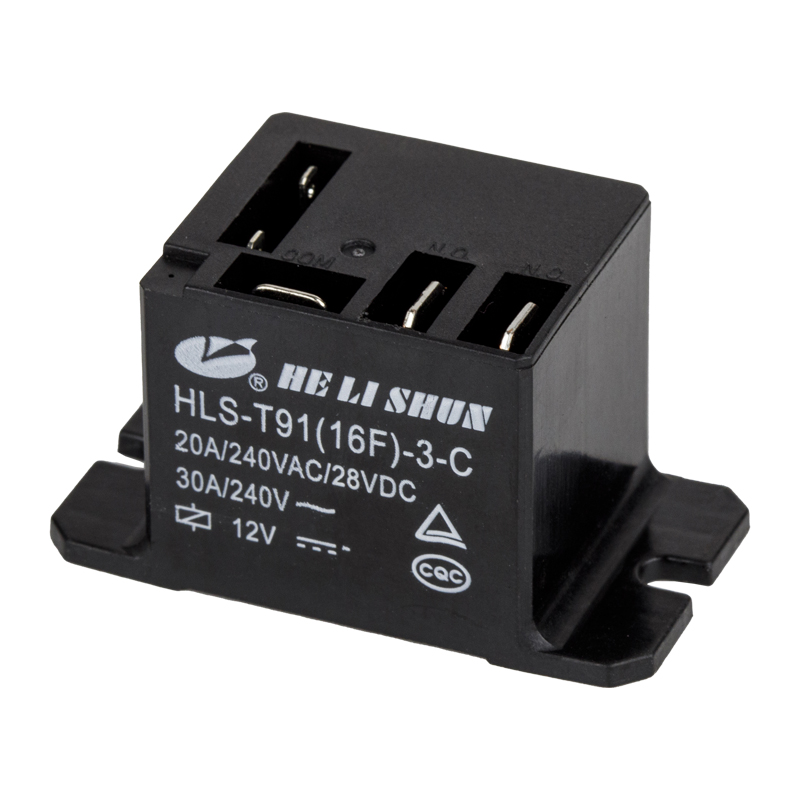The application of automotive relays in the lighting system is mainly reflected in the control of the lights. The lighting system includes a variety of lamps such as high and low beam lights, turn signals, fog lights, etc. The switching and control of these lamps need to be realized through relays. When the driver turns on the light switch, the current will flow through the relay coil, closing the contacts inside the relay, thereby transferring the battery current to the light bulb, making the light turn on. Conversely, when the driver turns off the light switch, the relay coil is de-energized, the contacts are disconnected, and the lights go out. In this way, the relay achieves safe and reliable control of the light circuit.
In the wiper system, the relay is responsible for controlling the switch and speed of the wiper. When the driver turns on the wiper switch, the current will flow through the relay coil, closing the relay contacts, thereby transferring the battery current to the wiper motor and driving the wiper to work. At the same time, by adjusting the different gears of the switch, the degree of closure of the relay contacts can be controlled, thereby adjusting the working speed of the wiper. This control method not only realizes the switch control of the wiper, but also ensures the stable operation of the wiper under different weather conditions.
The starter system is one of the most important parts of the automotive electrical system, which is responsible for starting the engine. When the driver turns the key to start the car, the current will flow through the relay coil, closing the relay contacts, thereby transferring the large current of the battery to the starter, driving the starter to rotate and start the engine. Since the starter consumes a lot of current, the use of relays can prevent large currents from passing directly through the key switch, protecting the safe operation of the switch and circuit.
In the automotive air conditioning system, the relay is used to control the start and stop of the air conditioning compressor, as well as to adjust the wind speed and temperature of the air conditioner. When the driver turns on the air conditioning switch, the relay receives the signal and closes the contacts, transferring the battery current to the air conditioning compressor to start working. At the same time, by adjusting the buttons on the air conditioning control panel, the degree of closure of the relay contacts can be controlled, thereby adjusting the wind speed and temperature of the air conditioner. This control method not only realizes the switch control of the air conditioner, but also ensures the comfort and energy saving of the air conditioner under different environmental conditions.
In the electric seat and electric door and window system, the relay is responsible for controlling the movement of the seat and the lifting and lowering of the doors and windows. When the driver presses the switch of the seat or door window, the current will flow through the relay coil, closing the relay contacts, thereby transferring the battery current to the seat motor or door window motor to drive it to work. This control method not only realizes the switch control of the seat and door window, but also ensures their smooth and fast operation. At the same time, since the relay has the characteristic of controlling large current with small current, the use of relays can reduce the current load of the switch and extend the service life of the switch.
In anti-lock braking devices and suspension control systems, relays are used to transmit and control complex circuit signals. These systems usually contain multiple sensors, controllers, and actuators, which need to be connected and communicated through complex circuits. Relays, as switching elements in the circuit, can realize conversion and control between different circuits. When the sensor detects the slip of the wheel or the height change of the suspension, it sends a signal to the controller. After receiving the signal, the controller controls the action of the actuator through the relay to adjust the braking force of the wheel or the height of the suspension. This control method not only improves the safety and stability of the vehicle, but also ensures the good handling of the vehicle under complex road conditions.
In the car audio system, the relay can amplify the audio signal to drive the speaker. The audio signal of the sound system is usually too weak to directly drive the speaker to make a sound. Therefore, a relay is needed to amplify the audio signal to a high enough current to drive the speaker. When the audio signal is input to the sound system, it is amplified by the power amplifier and then passed to the relay. After the relay receives the amplified signal, it closes the contact and passes the current to the speaker, making it make a sound. In this way, the relay realizes the audio signal amplification and speaker driving functions of the sound system.
Web Menu
Product Search
Exit Menu
news
Home / News / Industry News / What are the typical application scenarios of automotive relays in automotive electrical systems?
How Can We Help You ?
We reaffirm the high quality service of "high quality, low cost", "integrity builds character, dedication to create quality" as the company's pursuit!
+86-0574-88473018 Contact UsWhat are the typical application scenarios of automotive relays in automotive electrical systems?
Posted by Admin | 14 Mar
PREV:Is this antumotive relay suitable for new energy vehicle motor control?
NEXT:Is this telecom relay good enough for applications that require stable operation in high voltage environments?
NEXT:Is this telecom relay good enough for applications that require stable operation in high voltage environments?
Related Products
-
 Hehuaqiao,Yunlong,Yinzhou District,Ningbo,Zhejiang
Hehuaqiao,Yunlong,Yinzhou District,Ningbo,Zhejiang
-
 Tel:+86-0574-88473018
Tel:+86-0574-88473018
+ 86-0574-88344018 -
 Fax:+86-574-88345918
Fax:+86-574-88345918
-
 E-mail: sales@helishun.com
E-mail: sales@helishun.com
sales2@helishun.com
About us
Ningbo Helishun Electron Co.,Ltd. is founded in 2000, located at Ningbo City, the Grand East port on the coastline of the East Sea. We are OEM/ODM Electromagnetic Relays Manufacturers in China
Extra links
QR code
Copyright ? Ningbo Helishun Electron Co.,Ltd. All Rights Reserved. Electrical Relays Suppliers




 English
English 中文简体
中文简体
